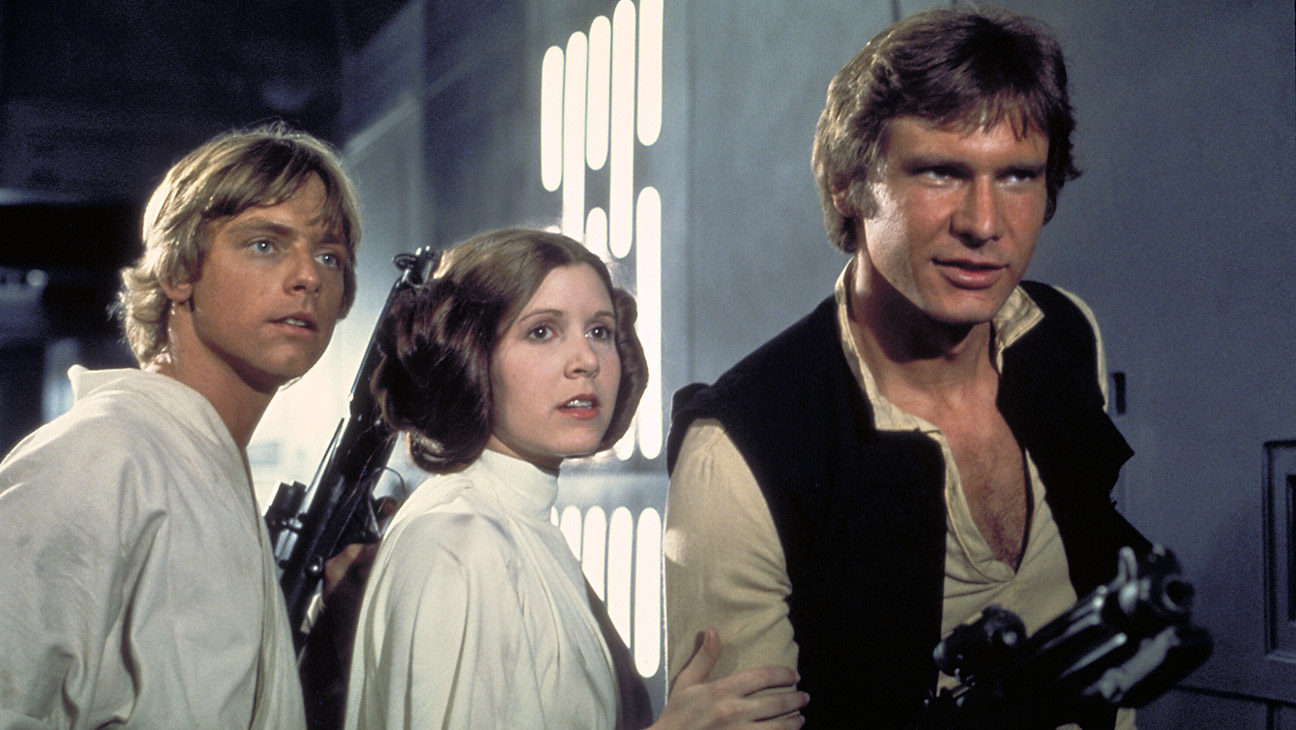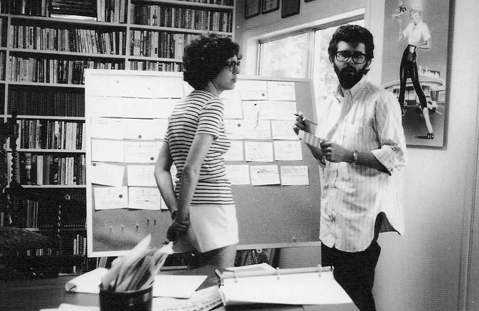Oscar-Nominated Screenwriter and Star Wars Script Doctor Gloria Katz Has Passed Away at 76


Famed screenwriter and script doctor Gloria Katz has passed away at 76 after a long battle with cancer. Alongside her husband and writing partner Willard Huyck, Katz worked on several George Lucas films, including American Graffiti, which earned her an Oscar nomination for best screenplay. Katz also scripted Indiana Jones and the Temple of Doom, as well as Howard the Duck (aka the first-ever Marvel movie).
But her most influential work was one in which she never received an onscreen credit. Katz and her husband were script doctors for Star Wars: Episode IV – A New Hope, and are credited with much of the film’s humor and roughly 30 percent of the dialogue. Katz and Huyck were also instrumental in the characterization of Princess Leia Organa, making her more of a heroine as opposed to the classic damsel in distress trope.
In an interview with The Mary Sue last year, Katz discussed her work on sci-fi’s most iconic female character, and her friendship with George Lucas, who she and Huyck met when Lucas was at USC.

(Gloria Katz and George Lucas, via IMDb)
Katz said of the Star Wars polish, “George was writing the script and he had a lot of reservations about it, but he knew filming had to start. He said, “Polish it–write anything you want and then I’ll go over it and see what I need.” George didn’t want anyone to know we worked on the script, so we were in a cone of silence.”
She continued, saying, “We just tried to help with the characterization, to add as much humor as possible. We didn’t want to take the credit away from him—he had been working on Star Wars for a very long time. It was his vision. We did go visit the set once (in London) and George was very depressed. The whole production was very wrought with drama. Nobody had ever done any of this stuff before, the special effects weren’t working, the English crew were very unsympathetic towards George. He wasn’t getting what he wanted on screen—the technology wasn’t there for him. We kept telling him “it’s going to be wonderful George!” (laughs) no matter what it looked like, to try and cheer him up.”
Katz and Huyck wanted Leia to be self-possessed and confident like the heroines of Howard Hawkes films, taking inspiration from Lauren Bacall in To Have and Have Not and Rosalind Russell in His Girl Friday. There’s an argument to be made that Hawkes’ leading ladies were one of the first examples of the Mary Sue trope themselves.
Katz said of Leia, “When we talked to him about the character, we said Leia should be a more ‘Hawksian woman,’ with all the traits that that woman had: she can take command; she doesn’t take any shit, but at the same time she’s vulnerable and to write her as really focused, instead of just a beautiful woman that schlepped along to be saved. For her to be the one that initiated the action. And because Carrie Fisher was so young, the contrast between this young girl and her goals became more poignant.”
Though she never received onscreen credit for her work, Katz had a hand in shaping one of the most influential feminist role models in film and science fiction. Even more amazing is the fact that she did it at a time when women screenwriters were denied the access and opportunities afforded to their male counterparts. Rest in Power Gloria Katz, and may the force be with you.
(via The Hollywood Reporter, image: LucasFilm/20th Century Fox)
Want more stories like this? Become a subscriber and support the site!
—The Mary Sue has a strict comment policy that forbids, but is not limited to, personal insults toward anyone, hate speech, and trolling.—
Have a tip we should know? [email protected]
